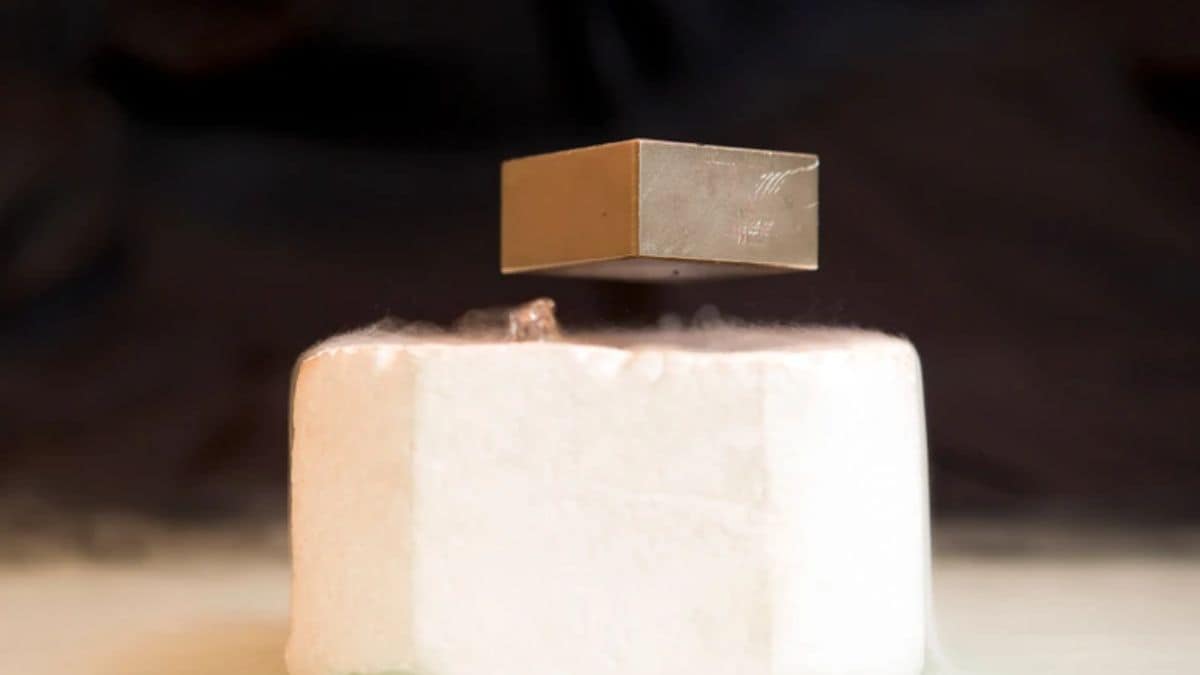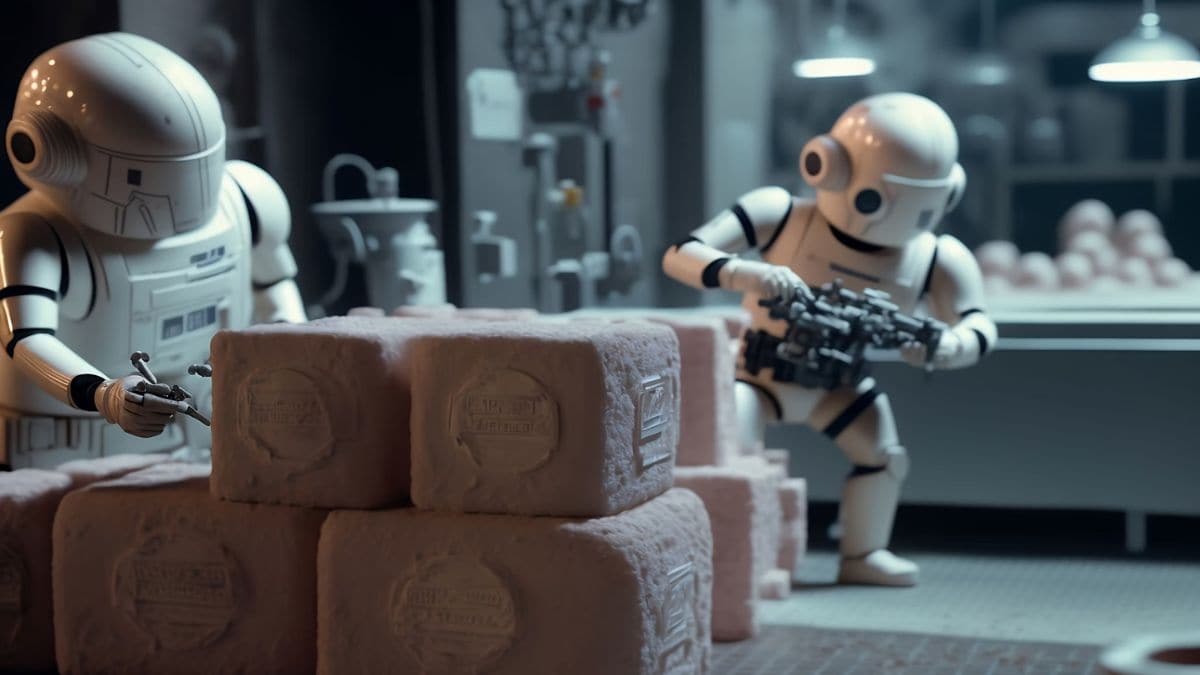Now Reading: Groundbreaking Discovery in Superconductivity: New Nickelate Compounds Conduct Electricity Without Resistance at -228°C
-
01
Groundbreaking Discovery in Superconductivity: New Nickelate Compounds Conduct Electricity Without Resistance at -228°C
Groundbreaking Discovery in Superconductivity: New Nickelate Compounds Conduct Electricity Without Resistance at -228°C

A significant breakthrough in the field of superconductivity has been made by scientists at the Southern University of Science and Technology (Sustech) in Shenzhen, China. They have discovered a new class of superconductors that conduct electricity with no resistance at 45 Kelvin (-228°C) under normal atmospheric pressure. This discovery could have far-reaching implications for technologies that rely on superconductors, such as medical imaging and energy transmission.
What Makes Nickelates Unique?
The study, published in Nature, reveals that the superconducting properties were observed in a thin film of nickelate crystals grown synthetically in a lab. These properties include the ability to conduct electricity without resistance and expel magnetic fields—key characteristics of superconductivity. According to Dafeng Li, a physicist at the City University of Hong Kong, there’s great potential to further increase the critical temperature of nickelates, which could make them even more useful for practical applications.
Nickelates now join the ranks of cuprates and pnictides as unconventional superconductors that work at standard atmospheric pressure and temperatures as high as -123°C. This marks a significant step toward achieving materials that can function at room temperature—something scientists have long been striving for.
The Journey to Discovery
Nickelates have been the subject of growing interest since 2019 when scientists first observed signs of superconductivity in similar materials. These early findings led researchers to explore the possibility of even higher operational temperatures, which could make nickelates more viable for real-world use. In 2023, scientists confirmed superconductivity in nickelates under high pressure. However, the latest research shows that the material can exhibit these properties even under normal conditions.
In December, Stanford University researchers provided initial evidence that nickelates could display superconductivity without high pressure. This new study confirms those results, making nickelates an exciting area for further research. Zhuoyu Chen, a physicist at Sustech and co-author of the study, emphasized that the primary goal is to raise the critical temperature. Efforts are already underway to improve the material’s composition and growth techniques.
The Future of Superconductivity
The field of superconductivity has seen both excitement and controversy in recent years. While many have hailed breakthroughs in room-temperature superconductivity, some claims have been retracted or debunked. For example, physicist Ranga Dias at the University of Rochester initially reported room-temperature superconductivity, but the findings were later withdrawn. Similarly, claims about LK-99, another material thought to show room-temperature superconductivity, were disproven.
Nevertheless, the discovery of nickelate superconductors is a step toward realizing the dream of room-temperature superconductivity. Scientists remain optimistic that continued research will eventually lead to materials that can operate efficiently at higher temperatures, opening the door to more practical and widespread applications.
A New Era for Superconductors
This discovery in nickelate compounds represents a major leap forward in our understanding of superconductivity. If further research confirms their potential, nickelates could play a crucial role in transforming industries like energy, transportation, and healthcare. The possibilities for these materials are limitless, but only time will tell how they will impact the future of technology.
As scientists continue to explore the properties of nickelates, we can look forward to even more exciting developments in the world of superconductivity. Could this be the key to achieving the long-sought goal of room-temperature superconductivity? The race to find the ultimate material is on.























